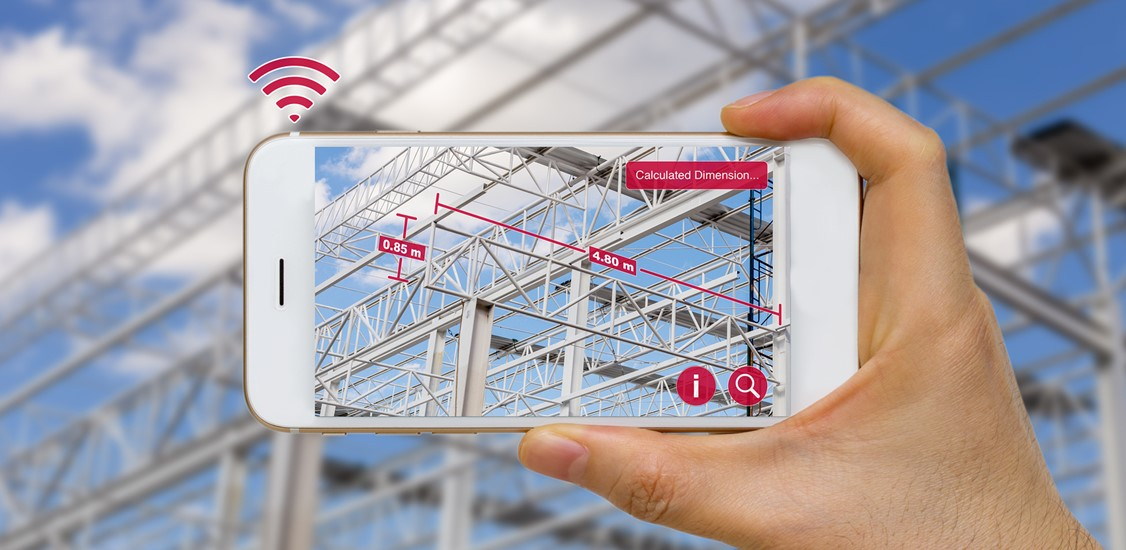There are some monumental shifts underway in the telecommunications industry as we enter 2020. Communication Service Providers (CSPs) are being challenged to provide exceptional customer service while reducing OpEx. These pressures come at a time when CSPs all over the world are handling massive volumes of customer service calls around the clock, and while the number of virtual, physical and IoT devices are exploding.
Just a few years ago, CSPs offered a handful of services. Now, driven by competitive pressures and the need to target new opportunities for revenue growth, that number can be in the hundreds. This rapid rise in the number of product and services offerings makes it more challenging to install, configure, diagnose, and fix a growing number of potential issues. With this growing complexity, we see the average time to resolve issues going up - along with CapEx and OpEx.
With new competitors entering the market seemingly every day, customers have more choices than ever to obtain the product and services they want. If your company can’t deliver, or delivers a poorly performing, product or service and underdelivers on customer services, it only takes a few clicks for a consumer to ditch your services and try something else.
To address these challenges, CSPs are looking for new ways to provide “self-service,” solutions that are easy to use - and not just for consumers - but also for the third-party engineering contractors who are used by most CSPs to handle network and service issues.
Among the hottest trends, augmented reality (AR) is emerging as a critical component of new solutions designed to help resolve issues across thousands of devices and services. But AR on its own isn't enough. The real power of the AR solution comes from a combination of data, analysis, and artificial intelligence (AI).
In the simplest terms, AR can recognize the device and fetch related information instantly from the backend on the consumer or field engineer app. AI can provide analysis on bandwidth, port, latency, signal-to-noise ratio, etc. on the aggregated data to identify the main fault location, with a contextual guided resolution or recommended next best action. Using a solution like this drastically improves the time it takes to resolve issues, while improving customer service - and ultimately reducing OpEx.
Now, the consumer can quickly and easily install a new device and self-diagnose and resolve issues without any assistance from the CSP. If the problem can’t be self-diagnosed and resolved, a ticket is automatically created on the CSP ticketing system with the customers and diagnostic details.
This way, when the consumer contacts the call center, the service agent will have all the details to ensures a smooth journey - improving customer service and reducing the time per call. This AI driven resolution capabilities has helped reduce the calls to contact centers, equipment swaps and improved the repeat truck roll by upto 50%.
These AR solutions are proving to be an excellent tool for consumers, and it’s also helping in the field. The same technology can help a cable technician - often a third-party contractor - to recognize thousands of different devices, without the need for elaborative training. Using machine learning the platform can recognize thousands of different devices and improve the efficiency of field force workers - while reducing field operations cost by as much as 60 percent.
Some experts predict customer experience will eclipse price as the most important factor influencing buying decisions in 2020. So, it’s more important than ever for CSPs to provide exceptional customer service - including more self-service tools and faster support. But the reality is that they need to balance pressures to reduce OpEx without sacrificing the customer experience.
2020 is the year it's all made possible, as these applications are proving to be successful for early adopters. Bringing together AR and AI is changing the game for CSPs.
This combination is helping to improve customer service, reduce call volume, reduce CPE swaps, and make service calls more efficient - ultimately helping to drive down costs while improving customer service. Right now, leading CSPs are saving millions of dollars while improving customer service by adopting AR-based solutions. And you can expect others to follow this year. If you aren’t already looking into options to lower costs and improve your service with AR you may find yourself lagging in the market.






















